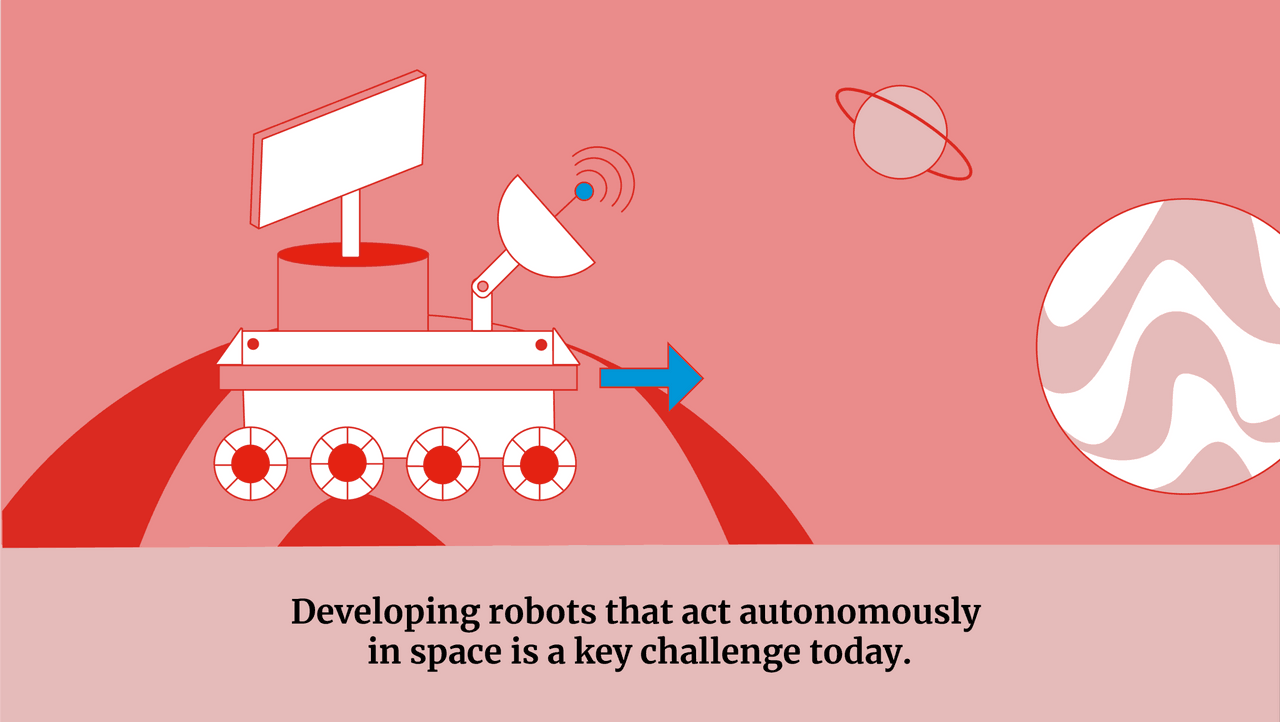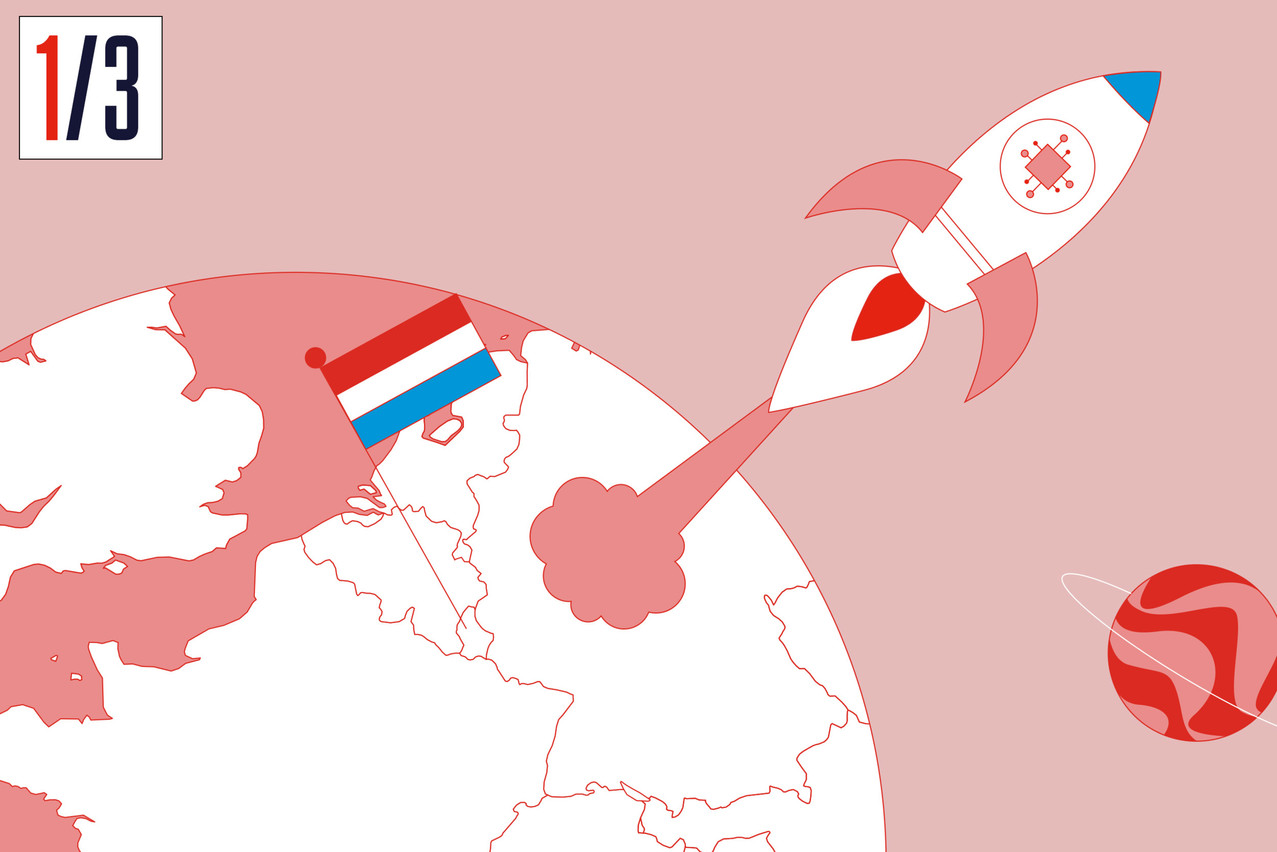To thrive in the space industry, access to cutting-edge research is a necessity. A research group from the University of Luxembourg’s (SnT) is working first-hand with businesses to help develop their products and intellectual property. The research group, headed by , explores the operation of autonomous, deep-space robots, as well as in-orbit servicing of spacecraft.
“The attracts a lot of companies from all around the world,” he said. “SnT establishes a strong collaboration with its partners, and works to find solutions to their specific needs by bringing on board experts.” With worldwide reach, SnT works with space companies both local to Luxembourg and from further afield, even launching a spin-off of their own last year, . Prof. Olivares-Mendez’s work has attracted international attention, and he is currently working with from in Japan, a leading space robotics researcher.
Disruptive Technology
“At present, most robots sent to the Moon – or Mars, for that matter – must be remotely operated from Earth,” he said. “But with a built-in time lag that gets longer the further away the rover is, they are prone to experiencing problems,” he continued. Now that private companies want to exploit the Moon’s resources, this won’t suffice. “We need to have robots that are acting autonomously in space, so we are working on the navigation processes for both singular and multiple robots.”

Increasing autonomy is a disruptive technology. (Illustration: Maison Moderne)
“Increasing autonomy, I would say, is a disruptive technology that will generate big business in the new-space activities,” he said.
In the area of orbital servicing, Prof. Olivares-Mendez’s department is working with , a developer of space-ready robotic arm systems, and , a global space company specialised in low-cost small satellites and satellite-based services. They also work with , a company focused on development of a vision-based autonomous navigation system for satellites, who were one of the winners of the recent Luxembourg’s start-up competition.
World-Class Space Labs
One of Prof. Olivares-Mendez’s accomplishments over his time at SnT has been the development of world-class space facilities that enable his research group’s work to be successful.
Using realistic environments is crucial and is the way to succeed in any future space missions.
The simulates the visual appearance of the surface of the Moon, while the simulates zero-gravity through a similar concept to an air-hockey table and allows us to test how in-orbit servicing would operate. “These labs have been a vital testing ground for our partner companies to test their hardware and software in realistic environments, to see how they would fare up in space,” he explained.

The labs are a vital testing ground for SnT’s partners to test hardware and software . (Illustration : Maison Moderne)
In the LunaLab, one such experiment is seeing them carry out crucial work to test algorithms for autonomous lunar rover navigation. Without GPS on the Moon, it is essential to have on-board sensors that are able to identify where a rover is and how far it has moved. In the future, it will be necessary for them to use this technology to pinpoint where resources on the Moon are located.
Prof. Olivares-Mendez shared that he is optimistic his research group’s work will be a part of space missions to come within the next five to eight years. “We are collaborating with three orbital servicing companies, so we expect that software algorithms that have been made at SnT will be a part of the hardware launched into orbit.

